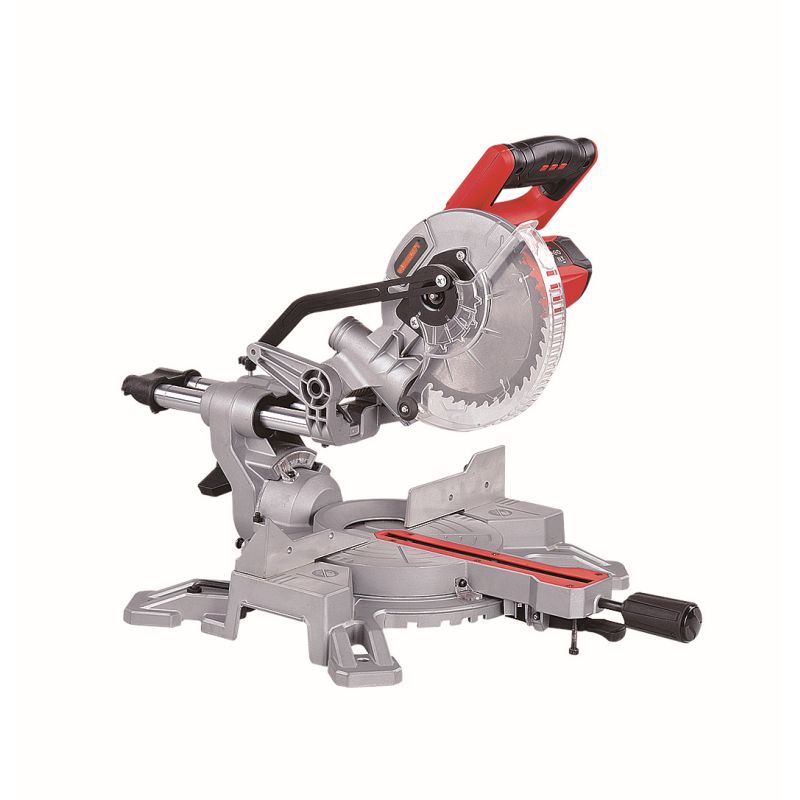Power saws are essential tools in woodworking, construction, and DIY projects, each designed for specific cutting tasks. Among the most versatile and commonly used are the circular saw and the miter saw. Understanding their differences, features, and applications can help you choose the right tool for your cutting needs. Here’s everything you need to know about these two types of power saws:
Circular Saw
Overview: The circular saw is a handheld power tool with a circular blade that spins rapidly to cut through various materials, including wood, metal, plastic, and masonry. It is versatile and suitable for making straight cuts, crosscuts, and rip cuts.
Features:
- Blade Size and Types: Circular saws come in different blade sizes, typically ranging from 5-1/2 inches to 7-1/4 inches in diameter. Blades are available for cutting different materials and achieving various types of cuts.
- Portability: Being handheld, circular saws are portable and can be used in different locations and positions, making them ideal for construction sites and outdoor projects.
- Versatility: They can cut through different thicknesses of materials, depending on the blade size and type. They are also capable of bevel cuts for angled edges.
Applications:
- Construction: Cutting lumber, plywood, and other building materials during construction or remodeling projects.
- Carpentry and Woodworking: Making straight cuts, crosscuts, and rip cuts in wood for furniture, cabinets, and other woodworking projects.
- Home Improvement: DIY projects such as building decks, fences, and shelves.
Miter Saw
Overview: A miter saw, also known as a chop saw, is a stationary power tool used for making precise angled and crosscuts in wood, metal, and other materials. It features a mounted circular blade that moves in a vertical motion.
Features:
- Precision Cutting: Miter saws are designed for accuracy, allowing users to set precise angles for miter cuts (angled cuts across the width of a material) and bevel cuts (angled cuts through the thickness of a material).
- Fixed Base: Unlike circular saws, miter saws are stationary tools mounted on a base, providing stability and control during cutting operations.
- Various Cuts: Besides straight and angled cuts, miter saws can make compound cuts (angled and beveled simultaneously) and crosscuts with exceptional precision.
Applications:
- Trim Carpentry: Cutting molding, baseboards, and trim pieces with precise angles for seamless installation.
- Framing: Making accurate cuts for framing components such as studs and rafters.
- Furniture Making: Crafting furniture pieces that require precise angled joints and cuts.
Choosing the Right Saw
- Project Requirements: Consider the type of cuts needed (straight, angled, beveled) and the material you’ll be cutting (wood, metal, etc.).
- Workspace: Assess whether a portable circular saw or a stationary miter saw better suits your workspace and project requirements.
- Accuracy and Precision: If your project demands precise and repeatable cuts, a miter saw may be the preferred choice.
Conclusion
Both circular saws and miter saws are valuable additions to any workshop or job site, offering versatility and efficiency in cutting various materials. Understanding their features, capabilities, and applications is essential for selecting the right tool to meet your specific project needs. Whether you’re building furniture, renovating your home, or working on a construction site, having the appropriate power saw enhances productivity and ensures high-quality results.
Post time: Aug-01-2024


